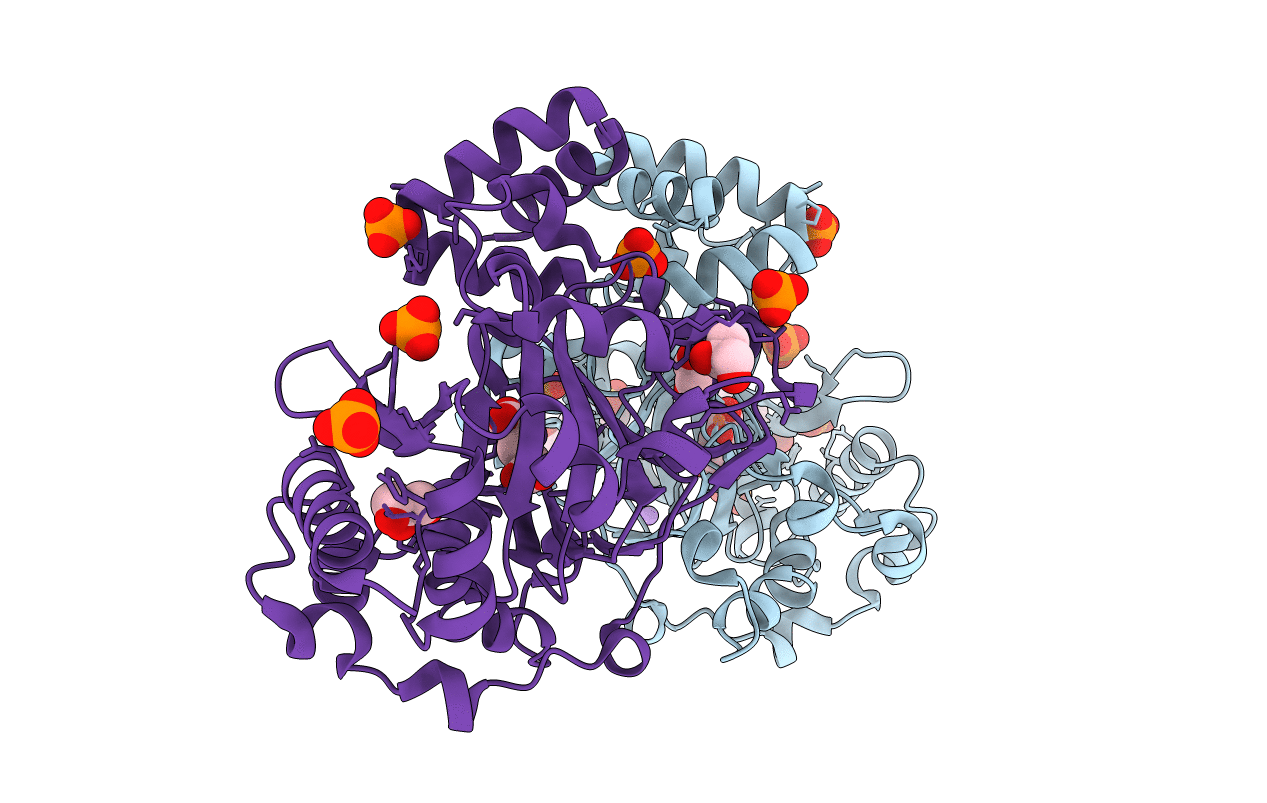
Deposition Date
2018-04-24
Release Date
2019-04-03
Last Version Date
2024-05-15
Entry Detail
PDB ID:
6GDY
Keywords:
Title:
Crystal structure of 2OG oxygenase JMJD6 (aa 1-343) in complex with Fe(II) and 2OG
Biological Source:
Source Organism:
Homo sapiens (Taxon ID: 9606)
Host Organism:
Method Details:
Experimental Method:
Resolution:
2.04 Å
R-Value Free:
0.21
R-Value Work:
0.17
R-Value Observed:
0.18
Space Group:
P 1 21 1


